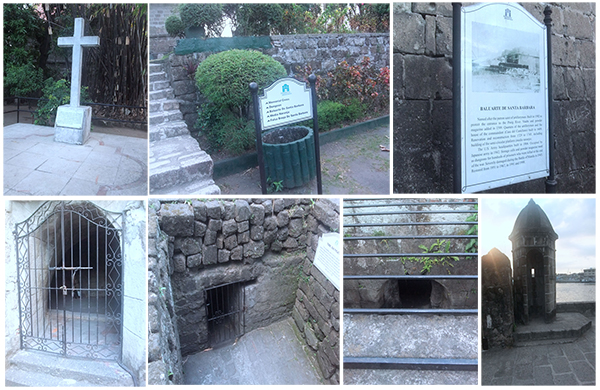People who have missed places like the Rizal Park and Intramuros can now visit them only if they qualify under the Inter-Agency Task Force guidelines.
The Rizal Park and other sites in Intramuros welcomed tourists last Sept. 16, as authorities started testing a new quarantine classification system in Metro Manila.
The Inter-Agency Task Force guidelines said only visitors from 18 to 65 years old are allowed to enter.
The Department of Tourism said Rizal Park is open from 5 a.m. to 9 a.m. with a maximum capacity of 500 visitors. Visitors will be required to accomplish contact tracing forms before entering the park.

Meantime, the Fort Santiago in Intramuros is open from 9 a.m. to 7:30 p.m. every Monday to Friday and from 9 a.m. to 8:30 p.m. on Saturdays and Sundays. The site will have a maximum capacity of 150 people.
The Baluarte de San Diego will be operating daily from 8 a.m. to 5 p.m. with a maximum capacity of 80 people.

Tourism authorities said an express lane in both Intramuros sites caters to fully vaccinated visitors as perks. It means that they can accomplish the contact tracing form after entering and present it to security personnel before they exit.
Also, Plaza San Luis is open from 8 a.m. to 9 p.m. daily.
To ensure safety, the DOT said mandatory temperature checks and minimum health protocols will be implemented in the tourist sites.

It added that 99% of Intramuros administration workers and 96% of all stationed personnel at the Rizal Park have been fully vaccinated as of Sept. 14.
The historic walled city of Intramuros was cited last year as Asia’s leading tourist attraction by the World Travel Awards.
Credit to cnnphilippines.com for the news story.




